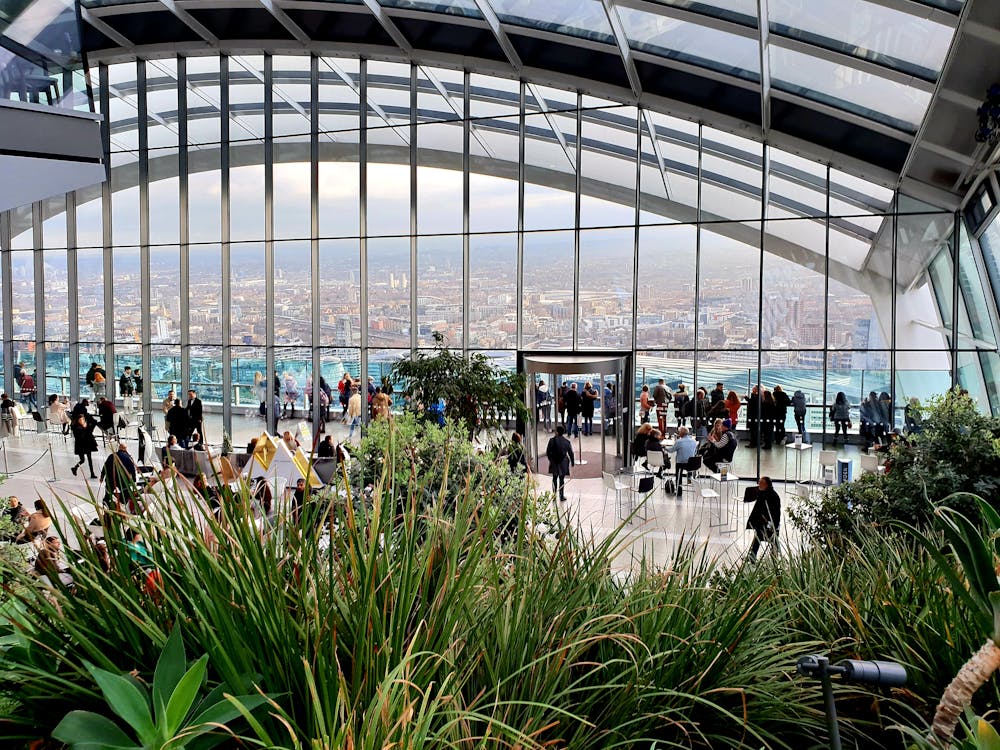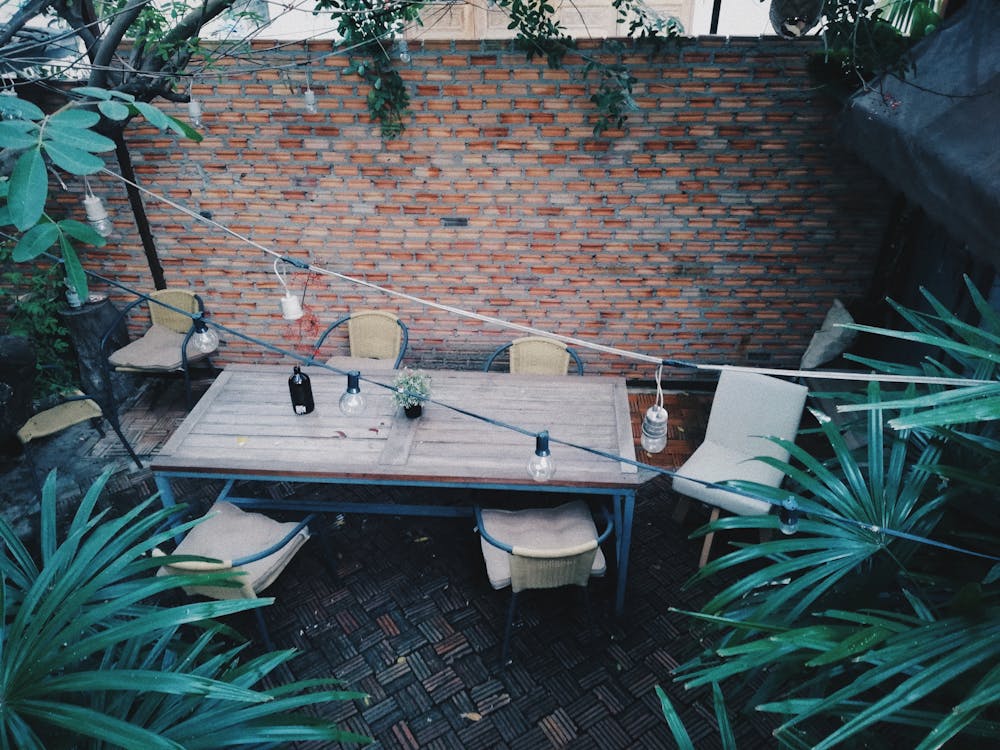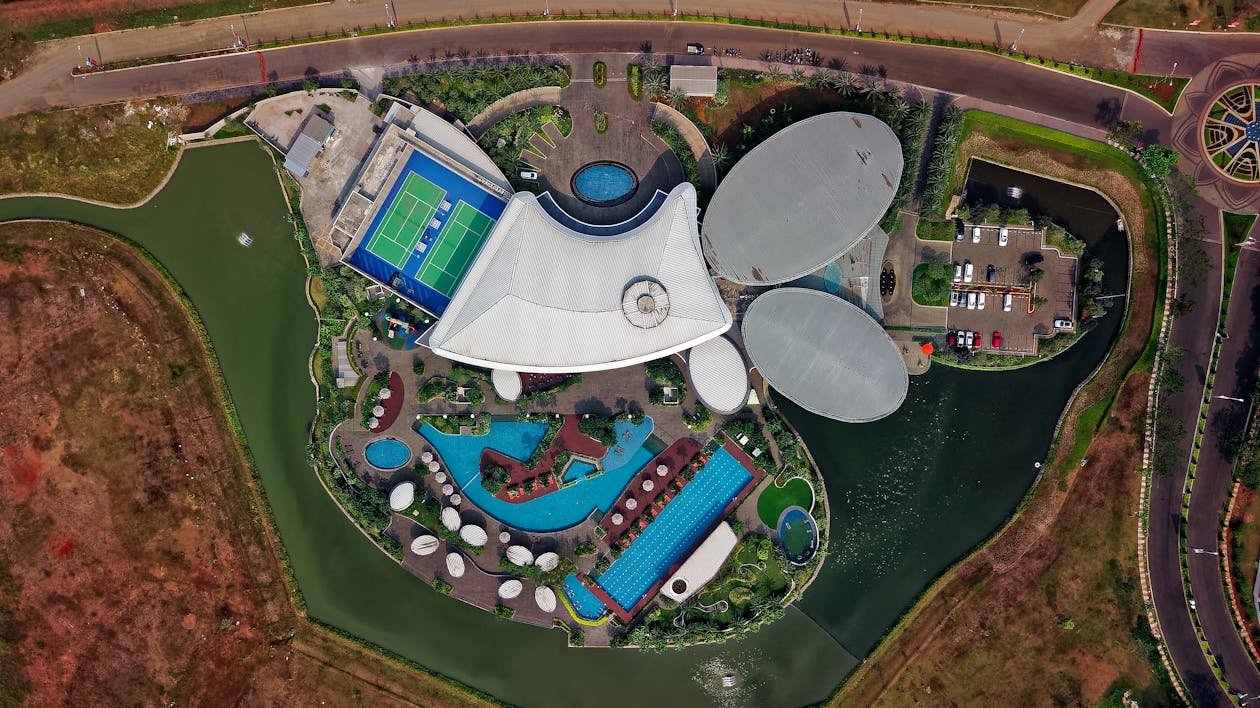What is Landscape Architecture?
Landscape Architecture can be defined as “the art of designing outdoor and indoor environments or varying sizes including aspects of environment, art, engineering, architecture, and sociology.” That’s a somewhat broad definition, don’t you think? So let’s break it down:
In an urban setting, landscape architecture is the creative use of existing space to provide small pockets of growth and sustainability. This is realized in spaces such as rooftop gardens, pocket parks, hanging gardens, and so on. The main idea of architecture in this context being function AND form combining to provide a place for nature to grow while also providing a space that is pleasing to the eye and can’t create a type of harmony with the soul that mere bricks and concrete can do, alone.

How Can a Landscape Architect Help Me?
In an increasingly technology-based world where many are resort to living in metro areas or literally on top of each other, the concept of landscaping can seem foreign to a large portion of the general population. Those who live in high-rises or other urban dwellings might not think that a landscape architect can provide them with anything useful as they do not own what is considered to be a “traditional” landscape, but that is the beauty of the field; a genuine fusion of both architecture and landscaping!
Whether urban, suburban, rural, or even remote, landscaping is always going to involve more than just making a pretty yard. Landscapes need to be able to function in the spaces they exist, and they also need to be cared for in a manner that keeps the turf, the flora, and the fauna all living in happy harmony. See: The Value of Landscaping for all the ways landscaping can bring value to your home.
Knowing the broad strokes of landscaping and its value, again, we ask, how a Landscape Architect, specifically, can help you in ways you likely will not be able to do on your own.
3 Key Benefits of Landscape Architecture Design
Flooding and Erosion Protection

Erosion and flooding are dangers to almost every landscape. Wind and rain are two of the most underestimated, destructive forces of nature that are in constant contact with your property in ways you may not always notice. Houses in open plain areas or without a lot of trees, for instance, face more strong gusts of winds than a house that is built into a valley or in a grove of trees. Rain and other waterfall also, over time, can move and shift your soil around just as much, if not more, than wind can. These natural elements can pull away soil from your beds, and in hillsides and other steep areas, rocks and debris can become loose and slide over time. A landscape designed by an architect will take these kinds of factors into account and will incorporate things like retaining walls or trees and brush that aid against winds and heavy rains.
In the same stroke of a pen, Landscape Architects can also pinpoint problem areas in your yard where heavy rainfall or other factors can create sinkholes or mud pits or other areas where your yard can flood and create problems for you in the future. Once again, a good landscape design will incorporate runoff into the design so that your stormwater is flowing and being directed to its proper destination.
Increase Usable Space

Some yards are just wide open spaces, whereas other yards can provide many natural obstacles or barriers than can make it hard for a homeowner to create usable, private spaces for leisure and recreation outside. The beauty of landscape architecture shines when an architect is able to take your environment and render it in a 3D space where they can shape and move things around into a design that maximizes the function of your space while also looking beautiful!
Wide open spaces can be broken up with walkways, garden beds, trees, shrubs and so on that can create a visual variance and privacy and a complexity that maximizes the potential of any given space The best architectural designs incorporate the strengths of your spaces while minimizing any inherent problems or shortcomings.
Improve the Environment and Ecosystem Around You

As established before, landscape design is much more than just creating an aesthetically pleasing place. Landscape Architectural design is all about embracing nature in a way that co-exists. A good design will incorporate plants designed for your environment, and will often be plants that will be considered for the water consumption and their impact on the environment they thrive in. For instance, a landscape architect will implement water-conservative plants that can grow in windy, cold environments for gardens on rooftops, or instead, for a humid Midwestern summer house they’ll incorporate the kinds of plants that thrive in those conditions.
The added benefit of a landscape design is that it will enhance an ecosystem it is designed to mimic. On the opposite, a landscape designed for a different client will almost always end in defeat, such as a cactus stone garden being planted in Maine. Thankfully, a properly trained landscape architect will understand the environment they are designing for and can provide designs that are sustainable, easy to maintain, and general improve the area around them, such as increasing the air quality around your home, the heat disbursement on sunny days, and providing local interest for the wildlife around you.
The Importance of Landscape Architecture
In this day and age, where spaces are becoming more limited and resources even more so, a greater emphasis is being placed on landscapes that utilizes fewer resources, support the ecosystems they exist in, and propagate the life of local flora and fauna. Landscape Architecture is a short-term investment and process that can have very long-term results and benefits that you will see grow exponentially over the years. If you’d like to see what a landscape architect can offer you, please check out our homeowner’s page and our gallery for examples of what proper designing can get you!


![pexels-photo-919278[1] Why You Should Be Serious About Your Landscape Architecture](https://landscapearchitectural.com/wp-content/uploads/2022/03/pexels-photo-9192781-860x1230.jpeg)